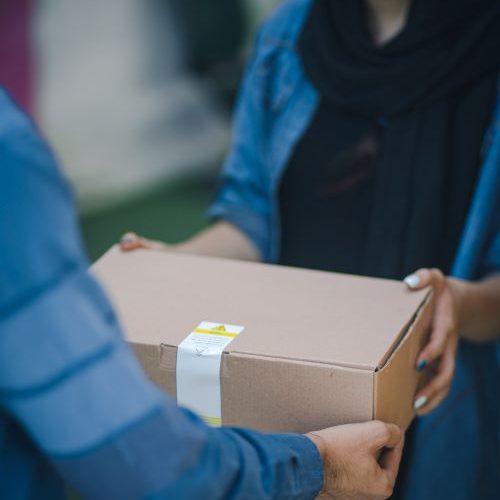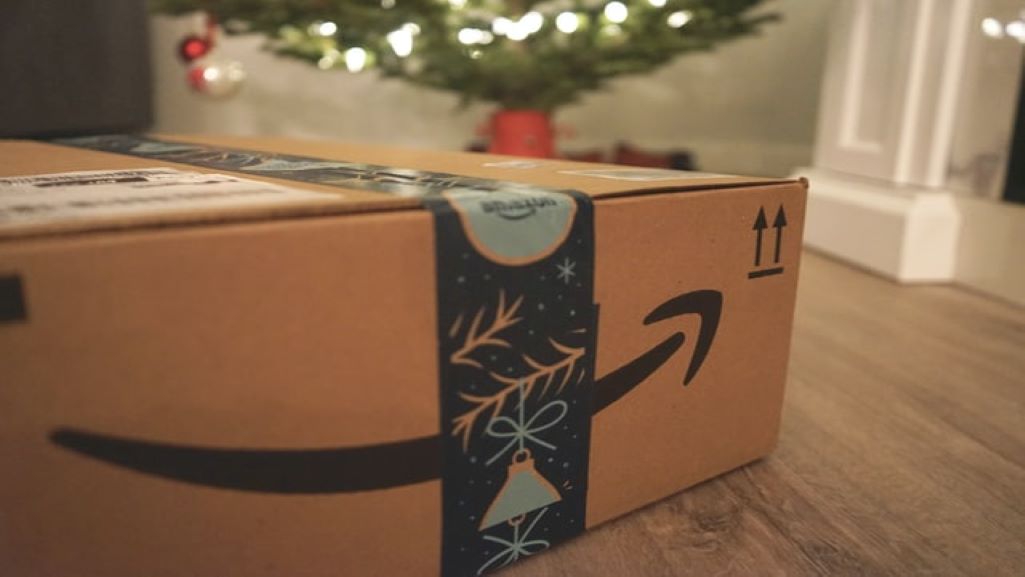Since the Coronavirus pandemic started, there is an enormous growth in turnover of online shops – and in consumer deliveries. What does it mean for e-commerce logistics?
This means an extremely busy December, a month that even without coronavirus requires the utmost of logistics service providers and parcel carriers.
Here are our two top tips for delivery logistics in December: include in your plans all parameters and limitations, before the increase in online orders; and use smart software tools to analyze different scenarios and to anticipate potential bottlenecks.
E-commerce logistics boom in 2020

Shopping has become a lot less fun this year. It’s especially true now, when many countries experience a second wave of coronavirus infections.
I certainly feel less comfortable walking into a store, wearing a face mask, to try on new shoes or trousers. So it’s more likely that I will prefer to shop online. Products that I would normally buy in a physical store, I now order online.
Shopping decisions, like the ones I make, result in better turnover for online stores. According to Dutch association Thuiswinkel Markt Monitor, consumers in the Netherlands spent 52% more in online stores in the second quarter of 2020, compared to the same period in 2019. During the first wave of the pandemic, in March-April, some online retailers reported Black Friday-like sales figures.
And when sales volumes quadrupole or even more – so are the number of consumer deliveries.
Now that we are in the midst of a second wave, those figures will undoubtedly increase. And yet to come are Black Friday and Christmas. The implications on e-commerce logistics are clear.
Start with a clear plan
Even in a ‘normal’ December, it is a challenge to deliver on time all the goods that consumers order online. So how will retailers succeed this December, when the number of online orders is predicted to rise?
An alarming sign came in mid-October from Dutch supermarket chain Albert Heijn. It had to temporarily close its online shop because of the large volume of orders. Despite a recent expansion in capacity, the chain was unable to meet the online demand and the pressure on its e-commerce logistics.
One thing is certain: logistics service providers will have to use every available space in their trucks, and every timeslot in their schedules, to meet consumers’ delivery expectations.
And to do that, they can’t rely just on their transport planners, no matter knowledgeable and experienced they have. They need to rely on smart tools to plan and deliver all transport orders.
Processing the upcoming December peak has everything to do with scalability. A planner without a ride planning system is not able to scale up. Simply put, to manually schedule twice as many transport orders, takes twice as much time.
That’s different when the planner has a route planning system. In this case, the number of transport orders doesn’t matter – the system delivers an optimal plan proposal within seconds. As a result, the planner has more time to optimize the plan proposal and fill-in available spaces in trucks.

Consider all restrictions

For e-commerce logistics, there’s another benefit of using a route optimization system. By a using route optimization tool, planners no longer have to worry about restrictions such as delivery times, time slots, attributes, and environment protection zones.
With a route optimization tool, planners put all these restrictions into the system in the run-up to December. Once that has been done, the algorithms ensure that all restrictions are considered. The planners don’t have to check that. They only need to look at what restrictions to overrule in order to free up some additional transport capacity.
Do your company’s planners already work with a route planning system? Then use the time left until Black Friday and Christmas to calculate scenarios for these busy times: What was the December increase in volumes in previous years? Add that increase to this year’s volumes, and let the system calculate it. Then it will be easy for you to know how much transport capacity you will need, and where to expect bottlenecks.
